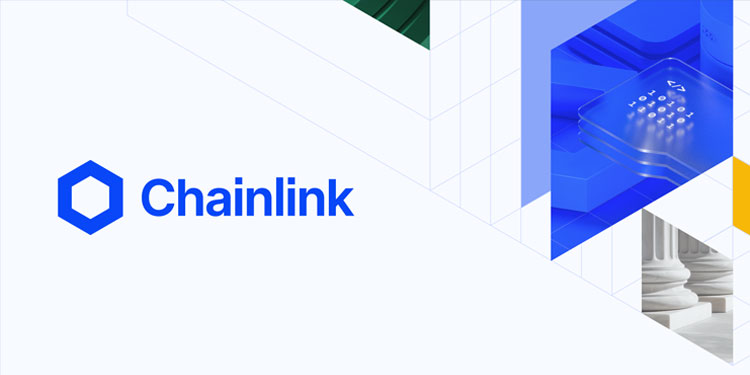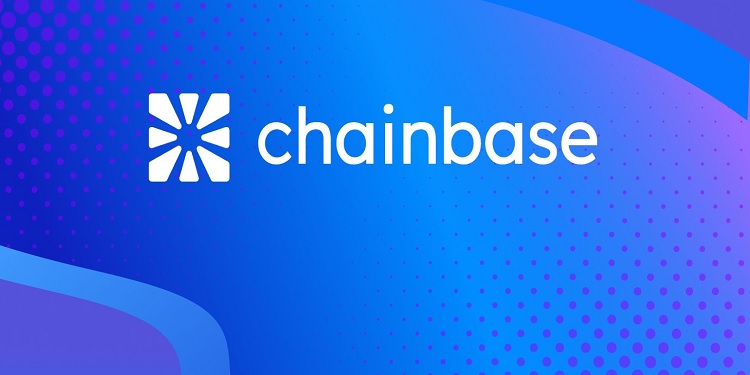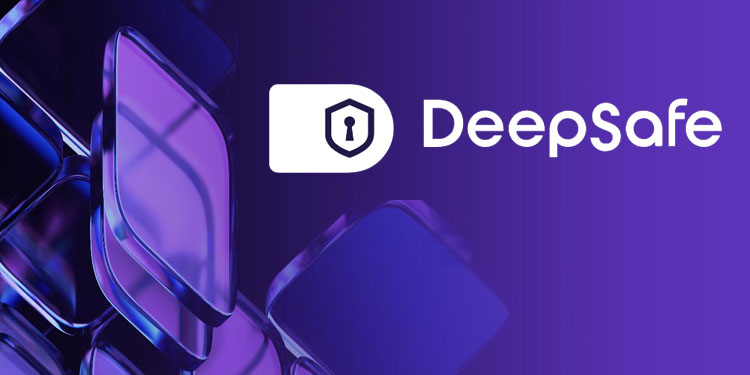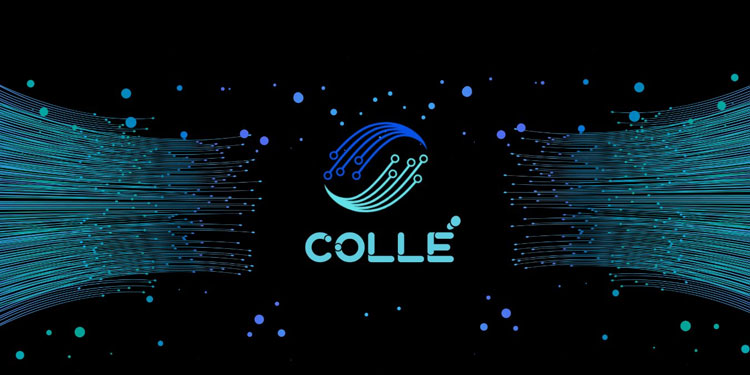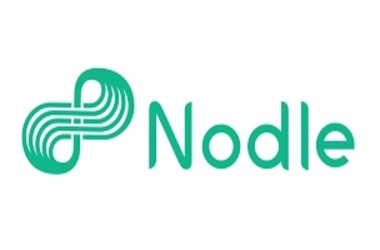 In a strategic move aimed at revolutionizing content validation, Nodle, a prominent player in the decentralized infrastructure sector, has forged partnerships with industry titans Adobe and the Linux Foundation. This collaboration seeks to harness the potential of blockchain technology to ensure the authenticity and integrity of real-world content captured on various devices.
In a strategic move aimed at revolutionizing content validation, Nodle, a prominent player in the decentralized infrastructure sector, has forged partnerships with industry titans Adobe and the Linux Foundation. This collaboration seeks to harness the potential of blockchain technology to ensure the authenticity and integrity of real-world content captured on various devices.
Garrett Kinsman, one of Nodle’s co-founders, elucidated that their forthcoming Software Development Kit (SDK) will play a pivotal role in the ContentSign solution. The innovative SDK is meticulously crafted to verify data at its source, upholding its integrity through the immutable ledger of blockchain. Nodle’s overarching goal is to usher in a new era characterized by trust and reliability in the digital landscape, all thanks to the formidable capabilities of blockchain.
Nodle’s Innovative SDK to Revolutionize Content Validation
Underpinning this collaboration is Nodle’s commitment to contributing to the Content Authenticity Initiative, a groundbreaking project spearheaded by Adobe and the Linux Foundation. This alliance is poised to establish a new industry standard for media attestation and promises to reshape content validation as we know it.
Moreover, Nodle envisions utilizing the ContentSign initiative to elevate the verification of digital content, cementing the commitment of both Nodle and its partners to drive transformation in content validation.
Enhancing Trust and Reliability in the Digital Space with Blockchain
Nodle’s expertise lies in optimizing smartphone Bluetooth connectivity to its fullest potential. Their platform ingeniously leases computing power and storage by tapping into Bluetooth capabilities, effectively expanding the reach of Internet of Things (IoT) networks. In Garrett Kinsman’s view, the emergence of the ContentSign platform represents a critical piece in the technological puzzle. This innovative solution will play a pivotal role in validating the authenticity of visual media, establishing a secure connection to the associated metadata, and confirming the originating device or camera, thus creating a robust chain of custody for digital visual content. Kinsman also emphasized that journalism stands to gain the most from this advancement.
Presently, the service is undergoing testing on mobile phones, employing ContentSign’s Software Development Kit. Kinsman envisions future iterations to resemble the technology employed in cryptocurrency hardware wallets. This approach, he contends, represents a significant leap in security and reliability when compared to cutting-edge crypto hardware wallets. With ContentSign, Kinsman stressed the seamless integration of robust hardware-based solutions to ensure the authenticity of visual media content.
In an era where AI-generated content proliferates, the imperative to distinguish genuine content from manipulated ones has never been more pronounced. Blockchain solutions like ContentSign are poised to address this critical need. They serve as a bulwark, providing a dependable means to authenticate content while preserving the integrity of visual media. Kinsman further noted that ContentSign is currently being explored as a customized solution for the insurance sector. Its potential application lies in streamlining the claims processing system, particularly in terms of accuracy and integrity.
In conclusion, Nodle’s strategic partnerships with Adobe and the Linux Foundation represent a significant step forward in the realm of content validation. Their innovative SDK and the ContentSign initiative are set to usher in a new era characterized by trust, reliability, and security in the digital sphere. As blockchain solutions like ContentSign gain traction, the ability to verify the authenticity of digital content becomes increasingly seamless and essential, with applications extending even to the insurance sector.


